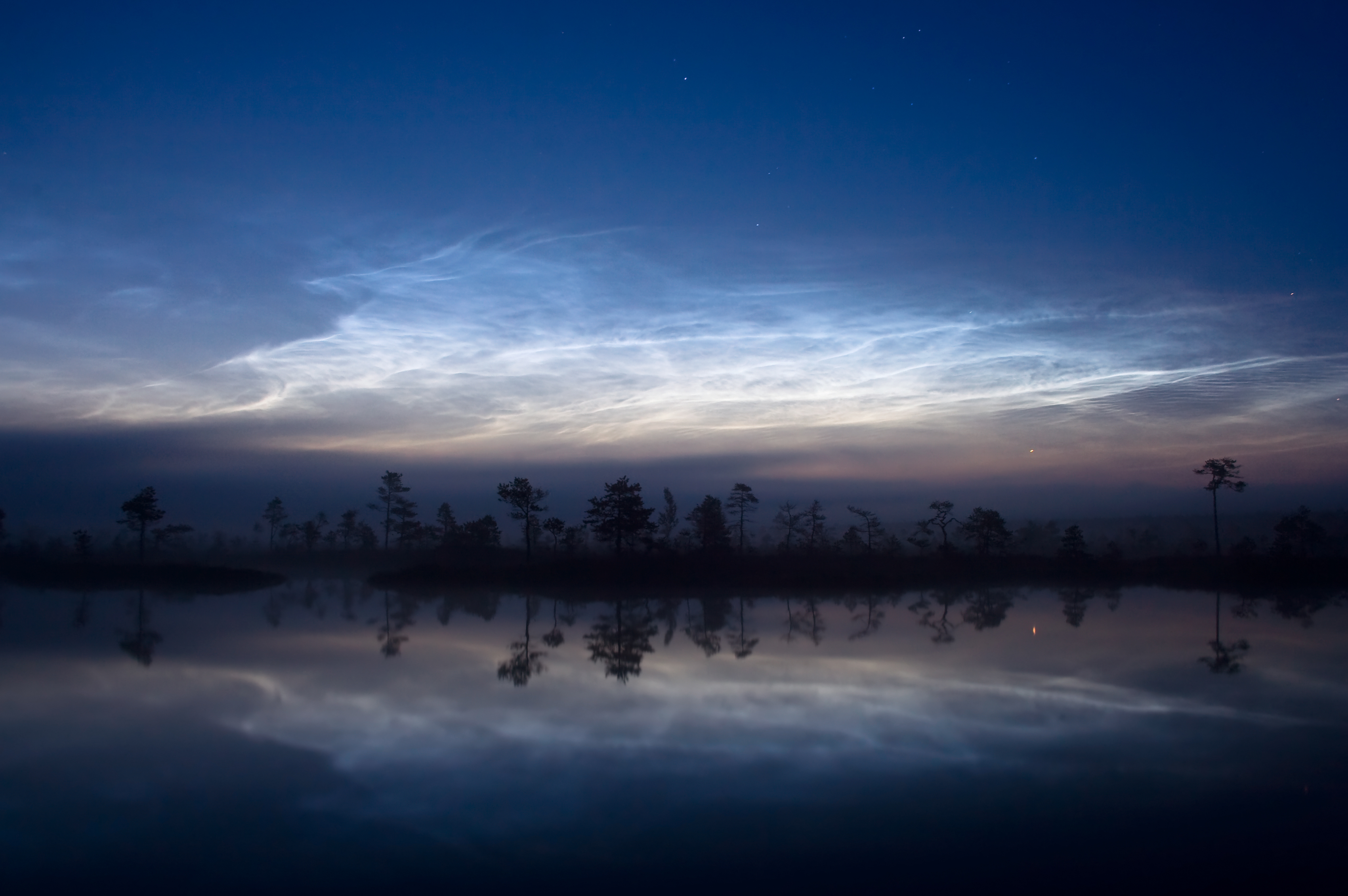
Figure 1. Satellite Image over Antarctica taken on November, 27th.
So, what are noctilucent clouds? Below is an image showing off one instance of its brilliant display.

Figure 2. Image of noctilucent clouds AFTER sunset. Notice how lit they are, even when the sun is WELL BELOW the horizon.
Noctilucent (meaning night shining in Latin) clouds are composed of tiny ice crystals present as high as clouds can be in Earth's atmosphere (sometimes above 50 miles or ~85 km!). They are the highest cloud group that we have on the planet.
Their domain is over the highest latitudes on Earth. The closer to the poles you travel, the better that chances of seeing them will be. But even traveling north through Canada or hiking through the Andes south along South America will not guarantee a successful sighting of these bashful clouds. They are NORMALLY too faint to be seen. There are only two, pristine times of the day to view them... around dawn and dusk (better time), assuming that the viewable sky is clear enough to look 50+ miles up.
NLC's are unique, in that they are only revealed to the observer (you) when sunlight illuminates them from BELOW THE HORIZON. Fast Fact: This is the only species of cloud that is always better to see when the sun is below the horizon.

Figure 3. Showing how to properly view NLC's. Image courtesy theflatearthsocity.org
Figure
3 shows how you can properly see these clouds. In fact, it all boils
down to mathematics. Since these clouds are so high up the elevation
scale in the sky... you could be looking well over 100 miles up and out
toward the cloud, with the sunlight coming from below the horizon. Very
cool!Happy almost Friday,
Joe
